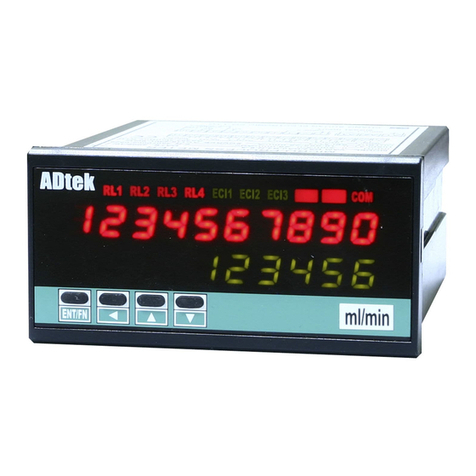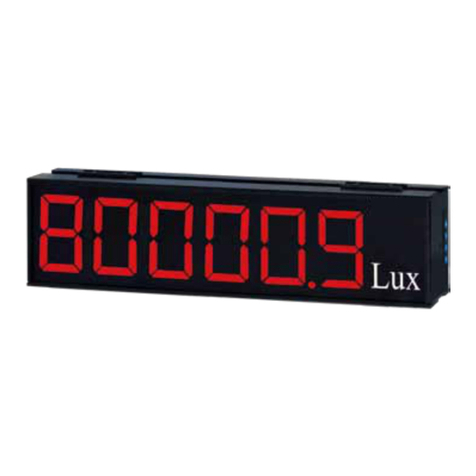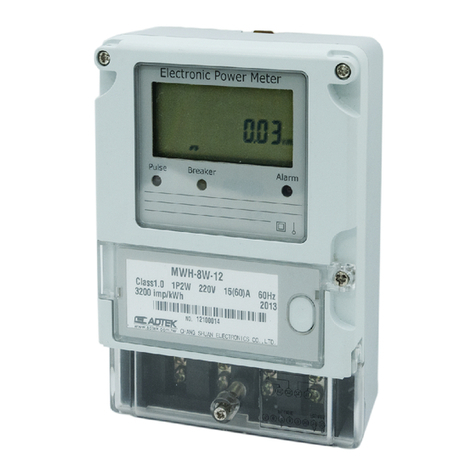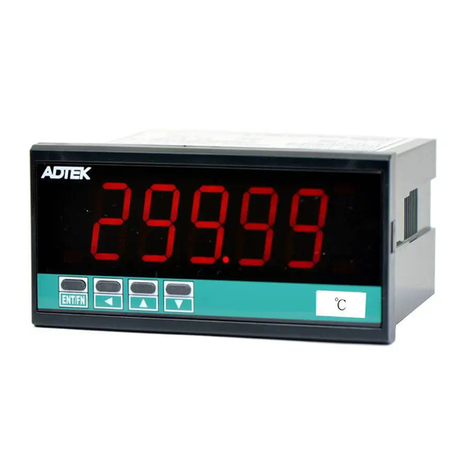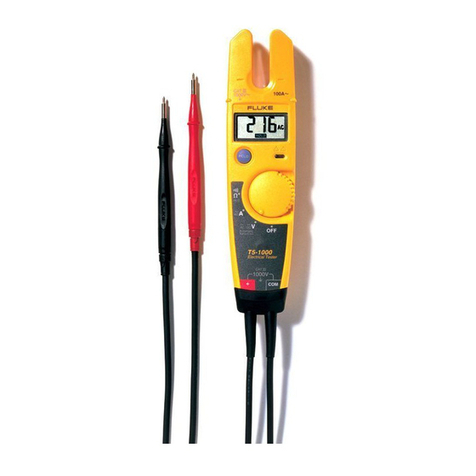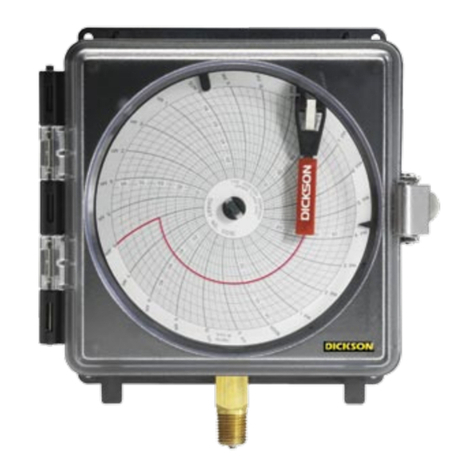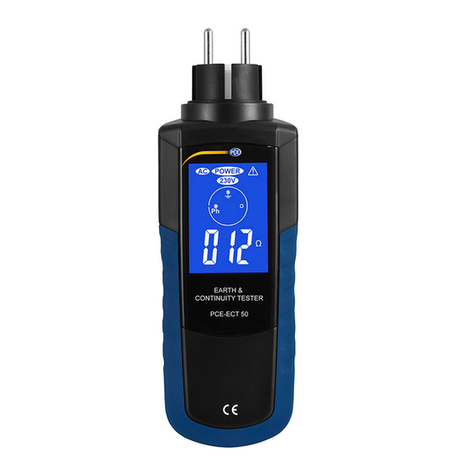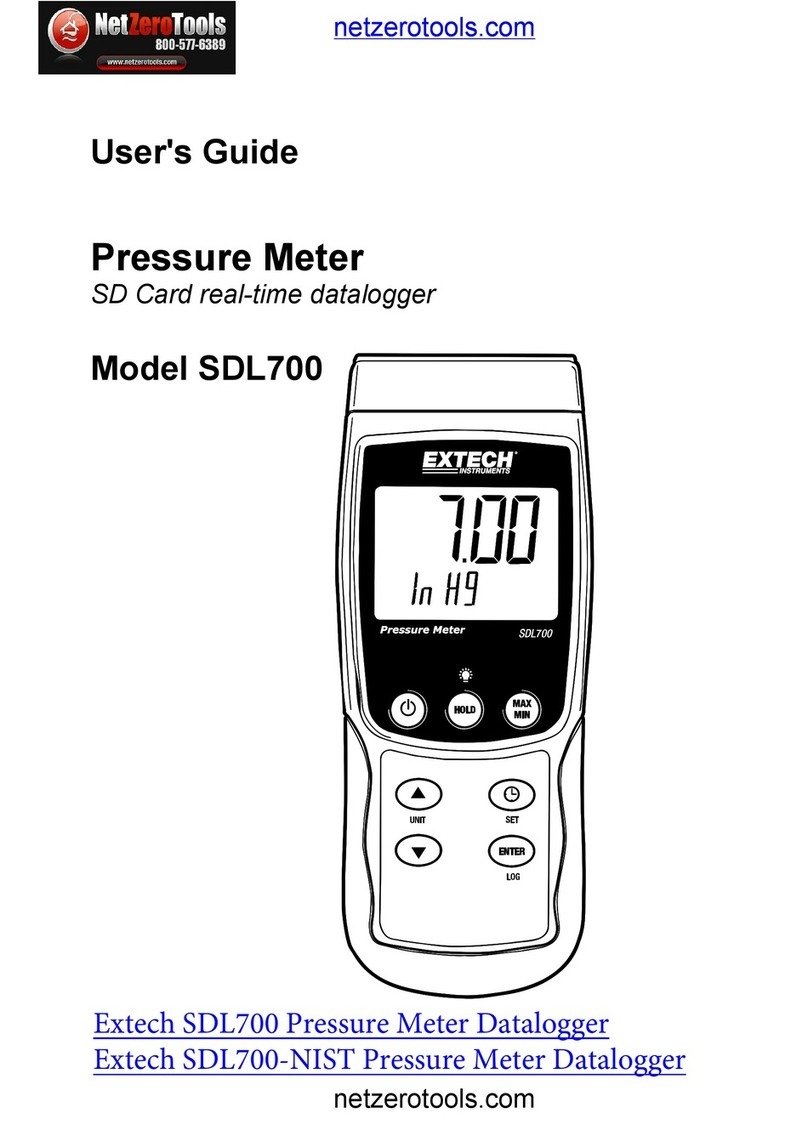ADTEK AEM-DRB User manual




















Table of contents
Other ADTEK Measuring Instrument manuals
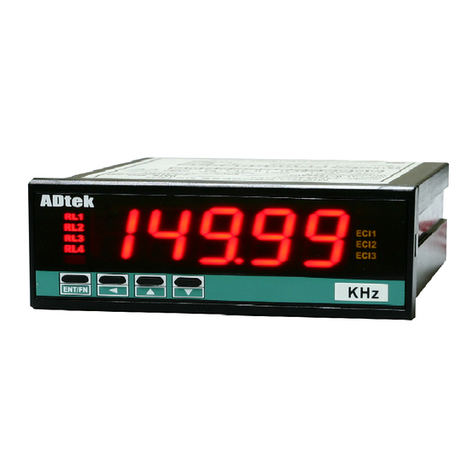
ADTEK
ADTEK CS1-RL User manual
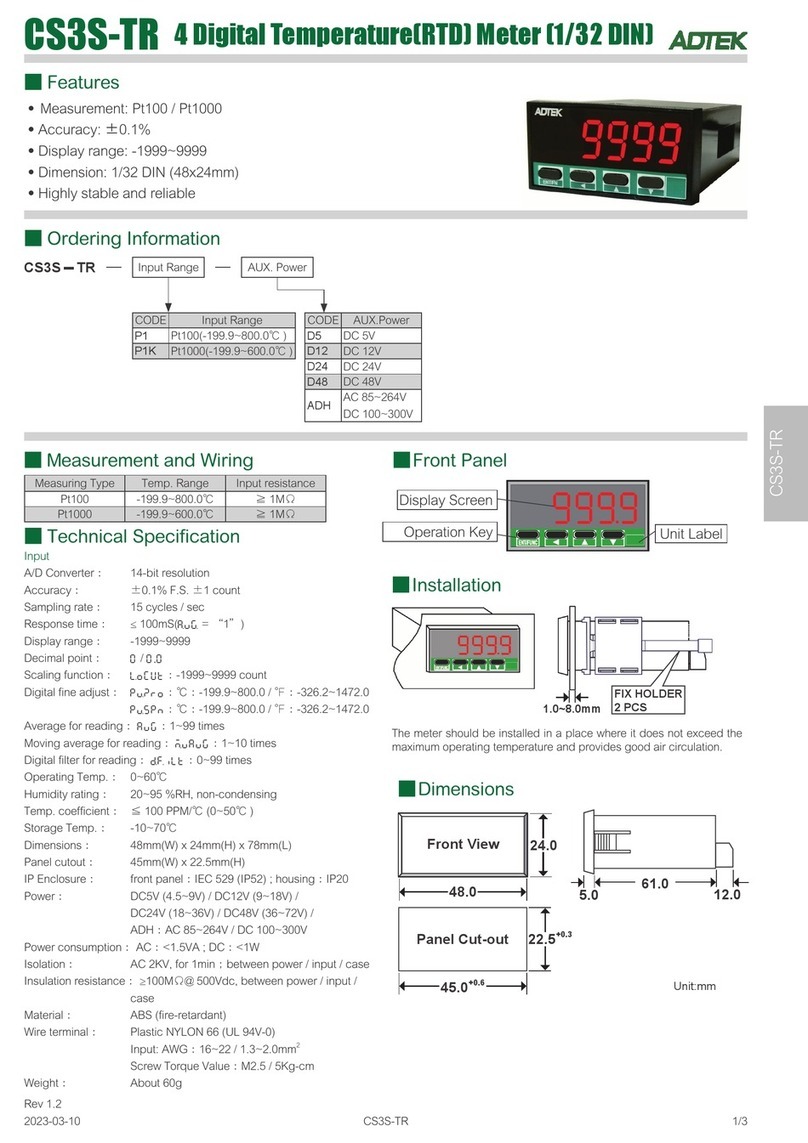
ADTEK
ADTEK CS3S-TR User manual

ADTEK
ADTEK CS2-VA User manual
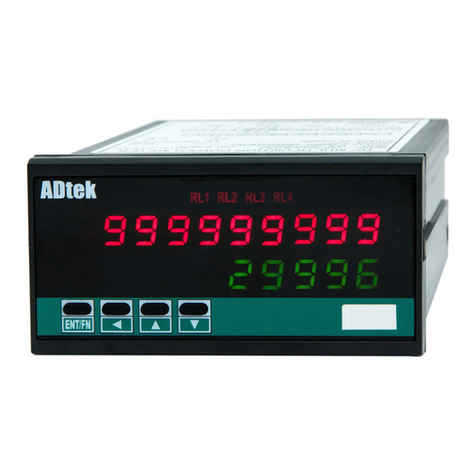
ADTEK
ADTEK MWH-10A User manual
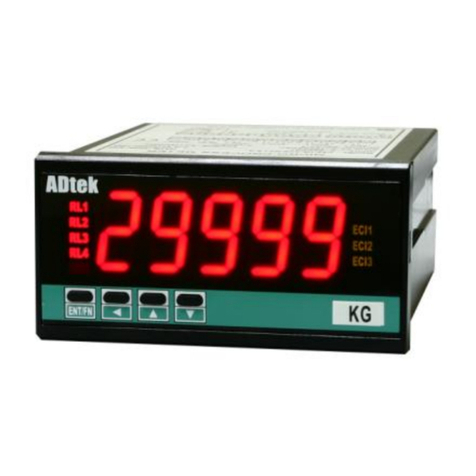
ADTEK
ADTEK CS2-SG User manual
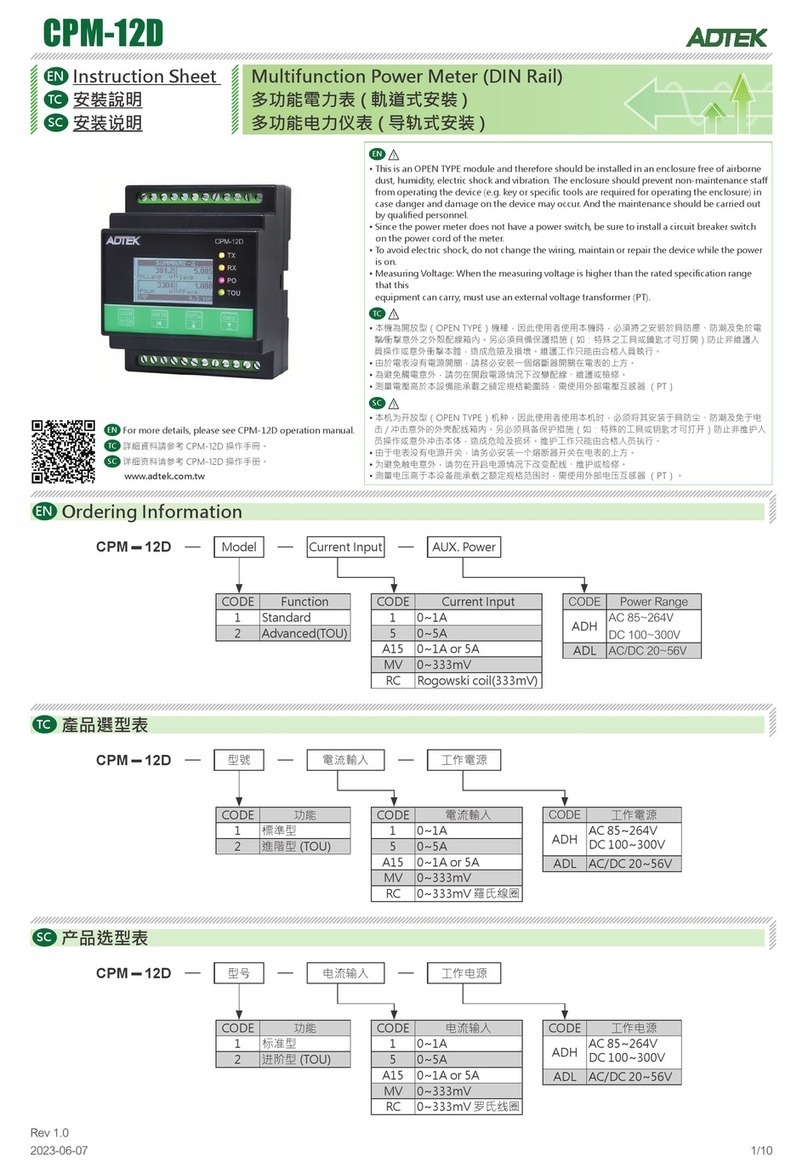
ADTEK
ADTEK CPM-12D User manual

ADTEK
ADTEK CS2-SG User manual
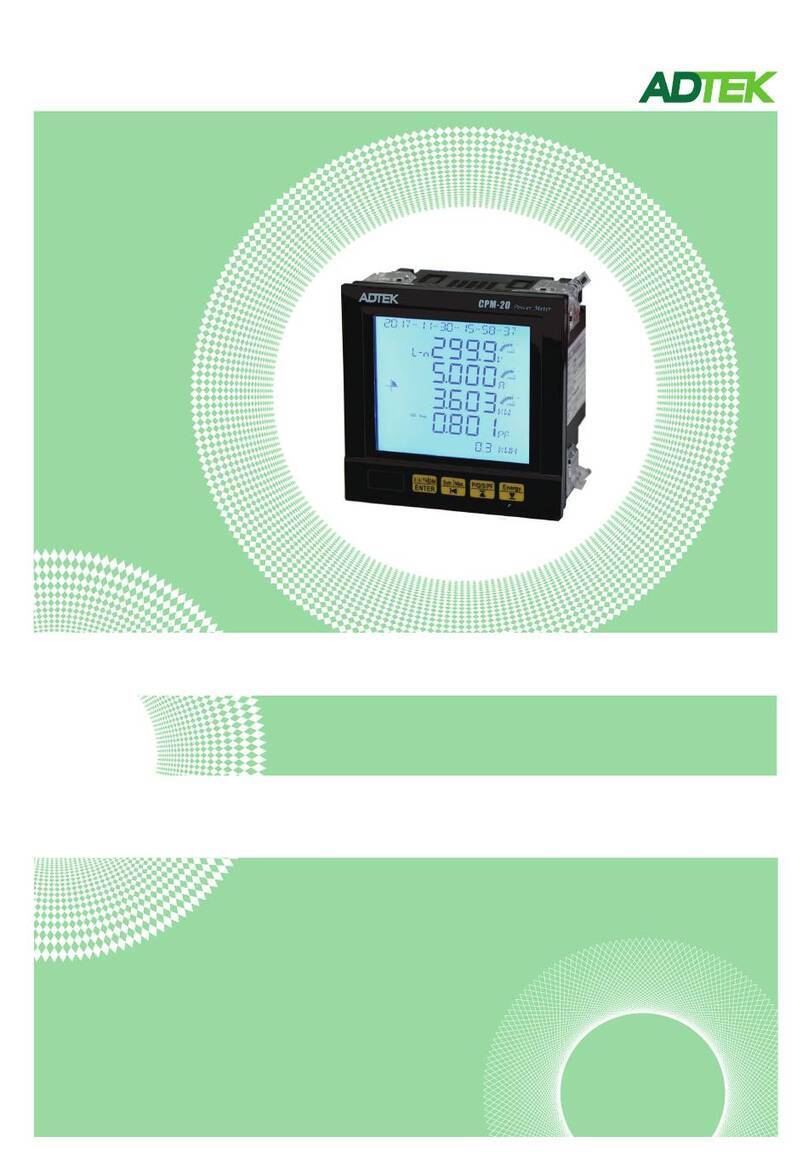
ADTEK
ADTEK CPM-20 Series User manual
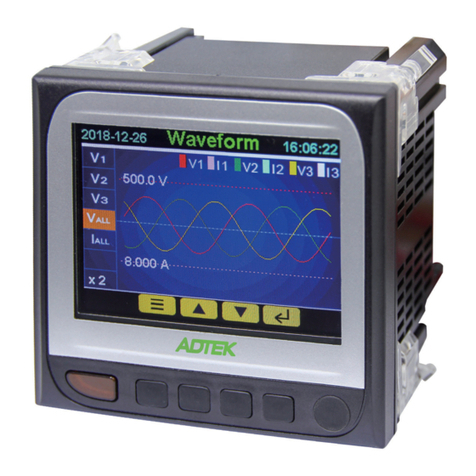
ADTEK
ADTEK AFM-8A User manual
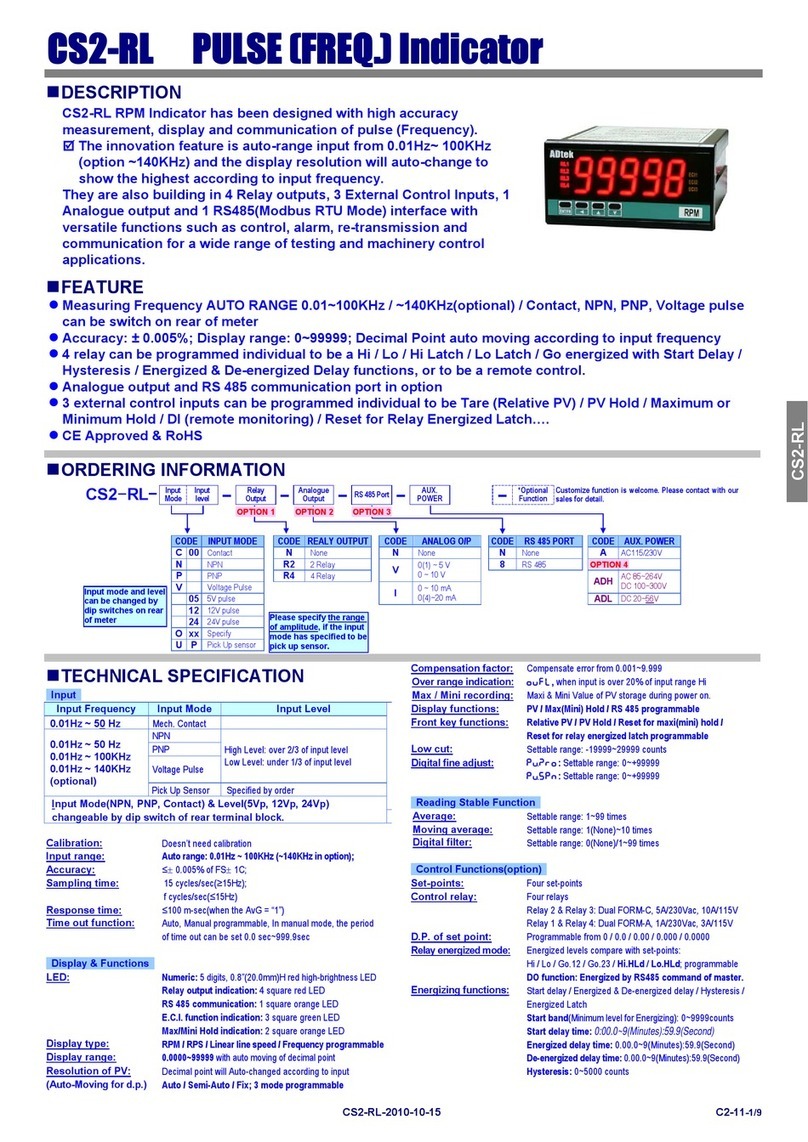
ADTEK
ADTEK CS2-RL User manual
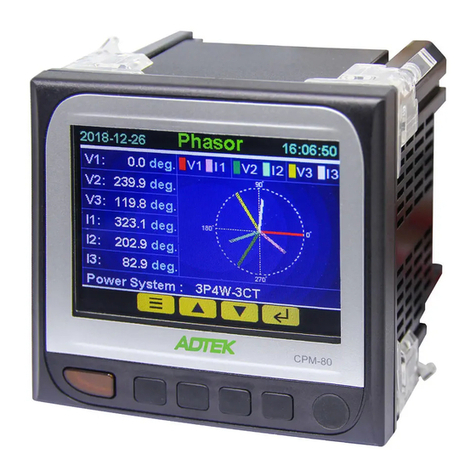
ADTEK
ADTEK CPM-80 Series User manual

ADTEK
ADTEK CPM-12D User manual
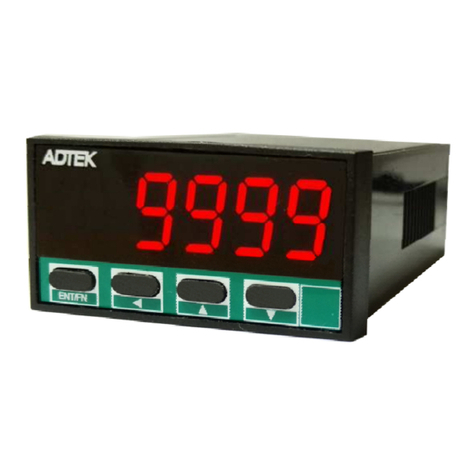
ADTEK
ADTEK CS3S VA User manual
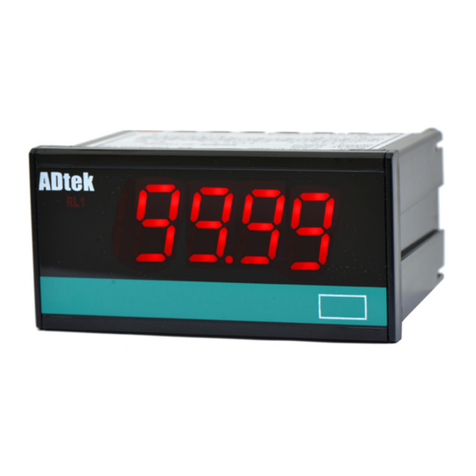
ADTEK
ADTEK CM1-TC User manual
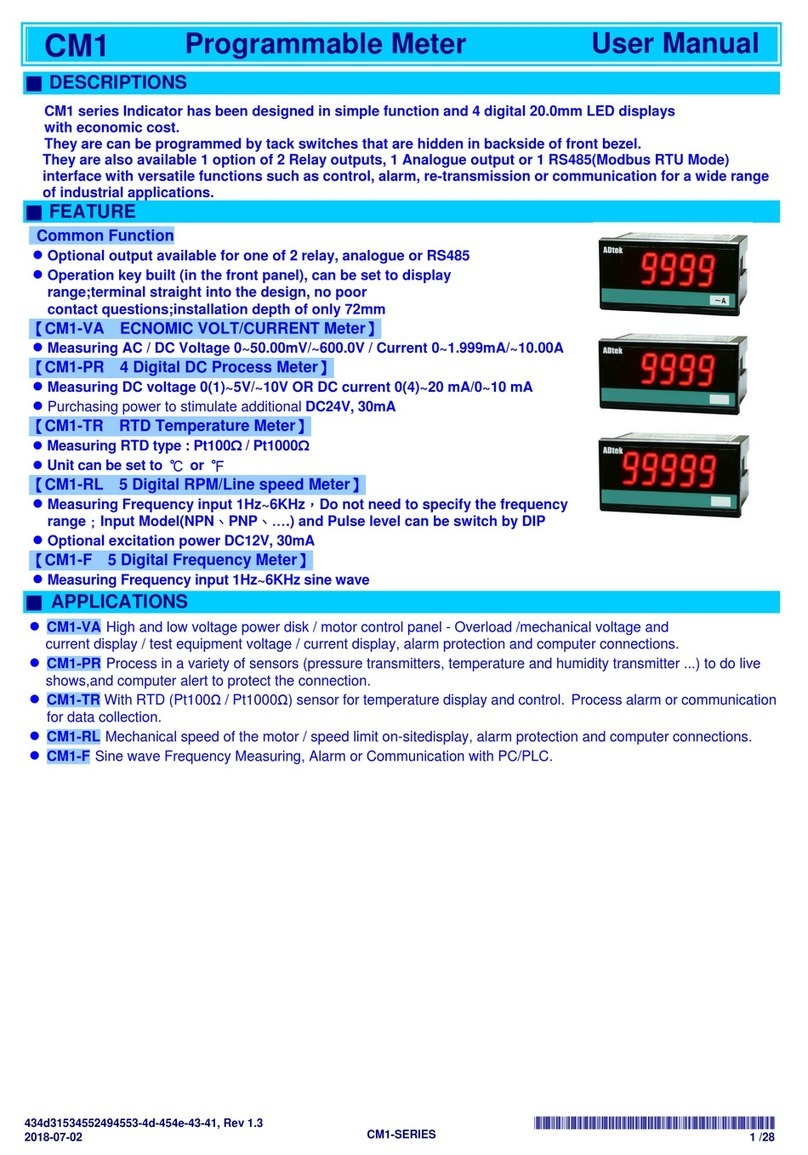
ADTEK
ADTEK CM1 Series User manual
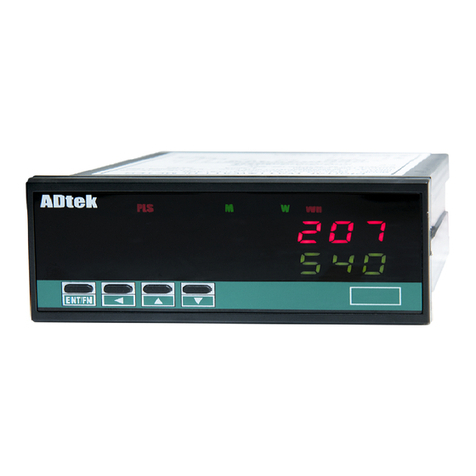
ADTEK
ADTEK MWH-10 User manual

ADTEK
ADTEK MW-5 User manual
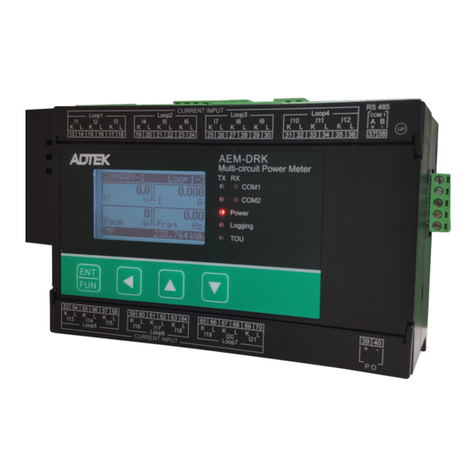
ADTEK
ADTEK AEM-DRK User manual
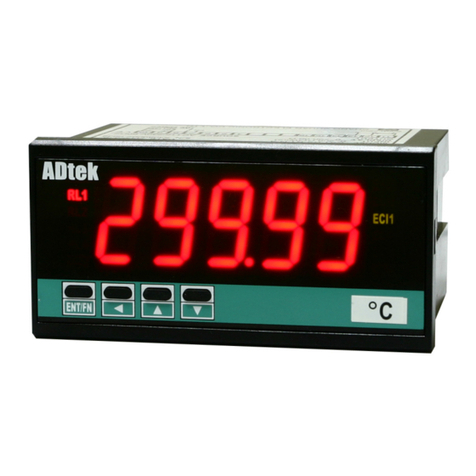
ADTEK
ADTEK CS1-SG User manual
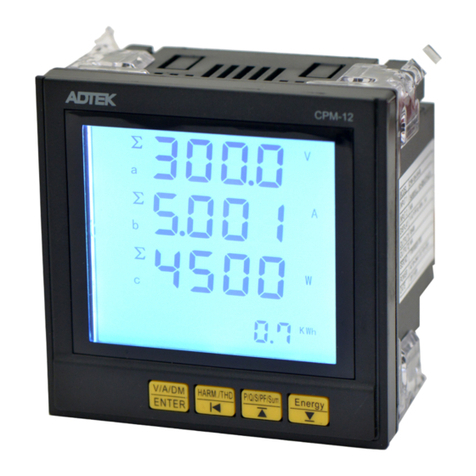
ADTEK
ADTEK CPM-12B User manual
Popular Measuring Instrument manuals by other brands
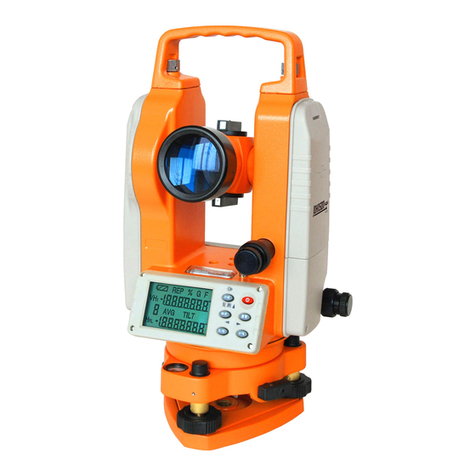
Johnson
Johnson 40-6932 Quick start guides
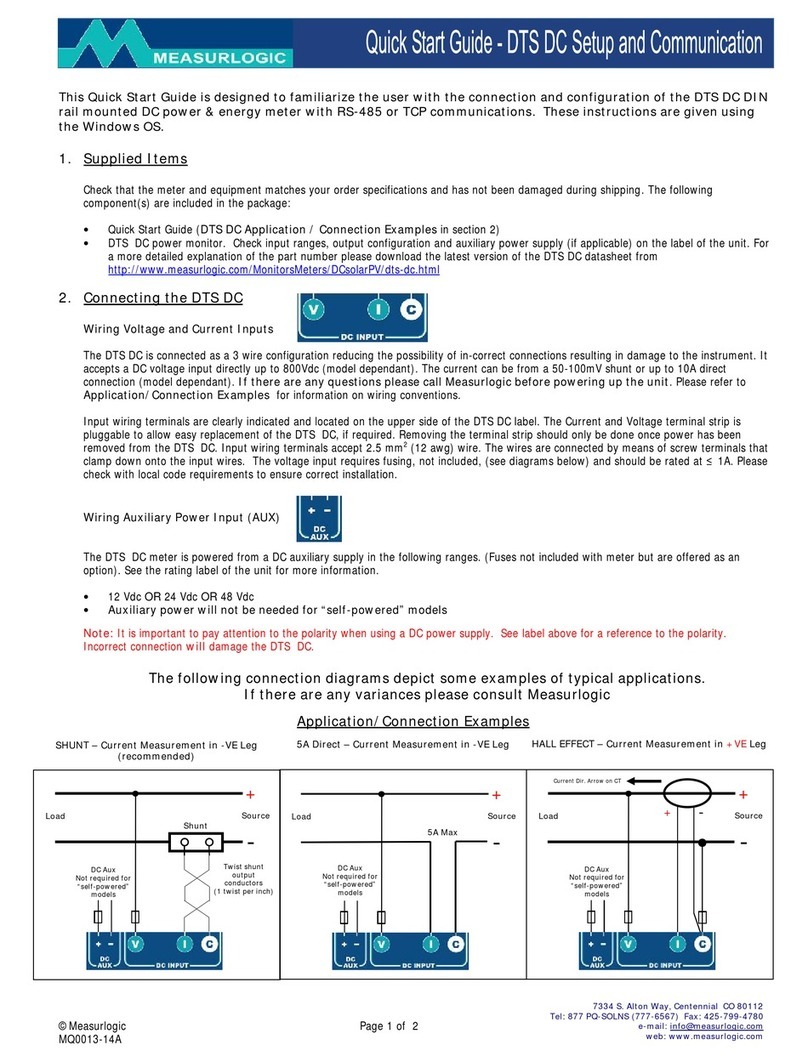
Measurlogic
Measurlogic DTS DC quick start guide
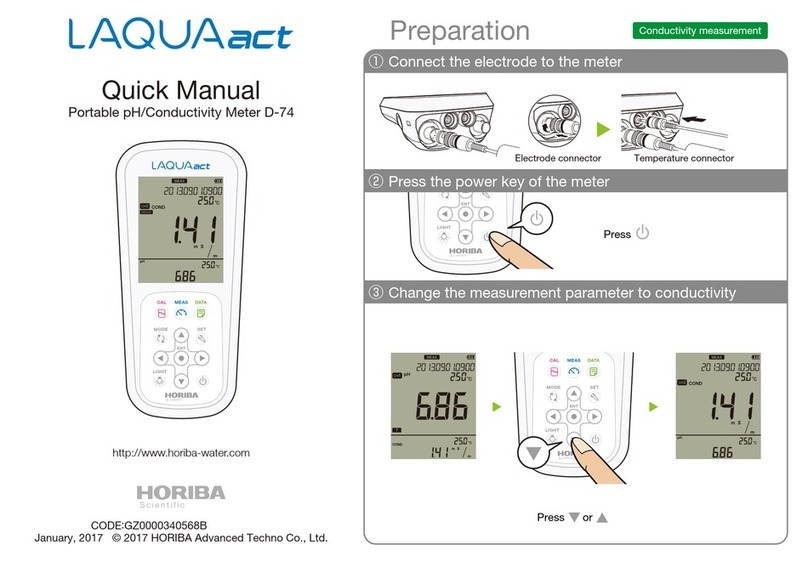
horiba
horiba LAQUAact D-74 Quick manual

delta-mobrey
delta-mobrey Sentry Series Installation, operation & maintenance instructions

Teledyne
Teledyne T3LCR1002 user manual
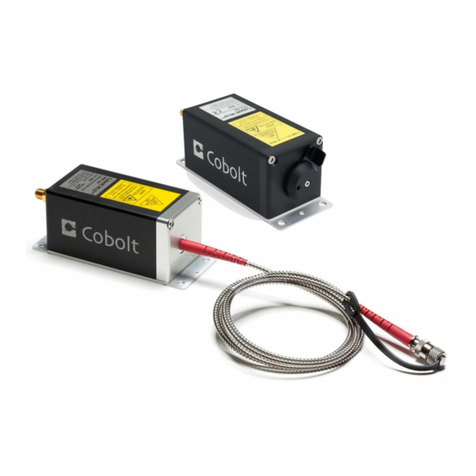
Hubner
Hubner Cobolt 06-01 Series owner's manual
